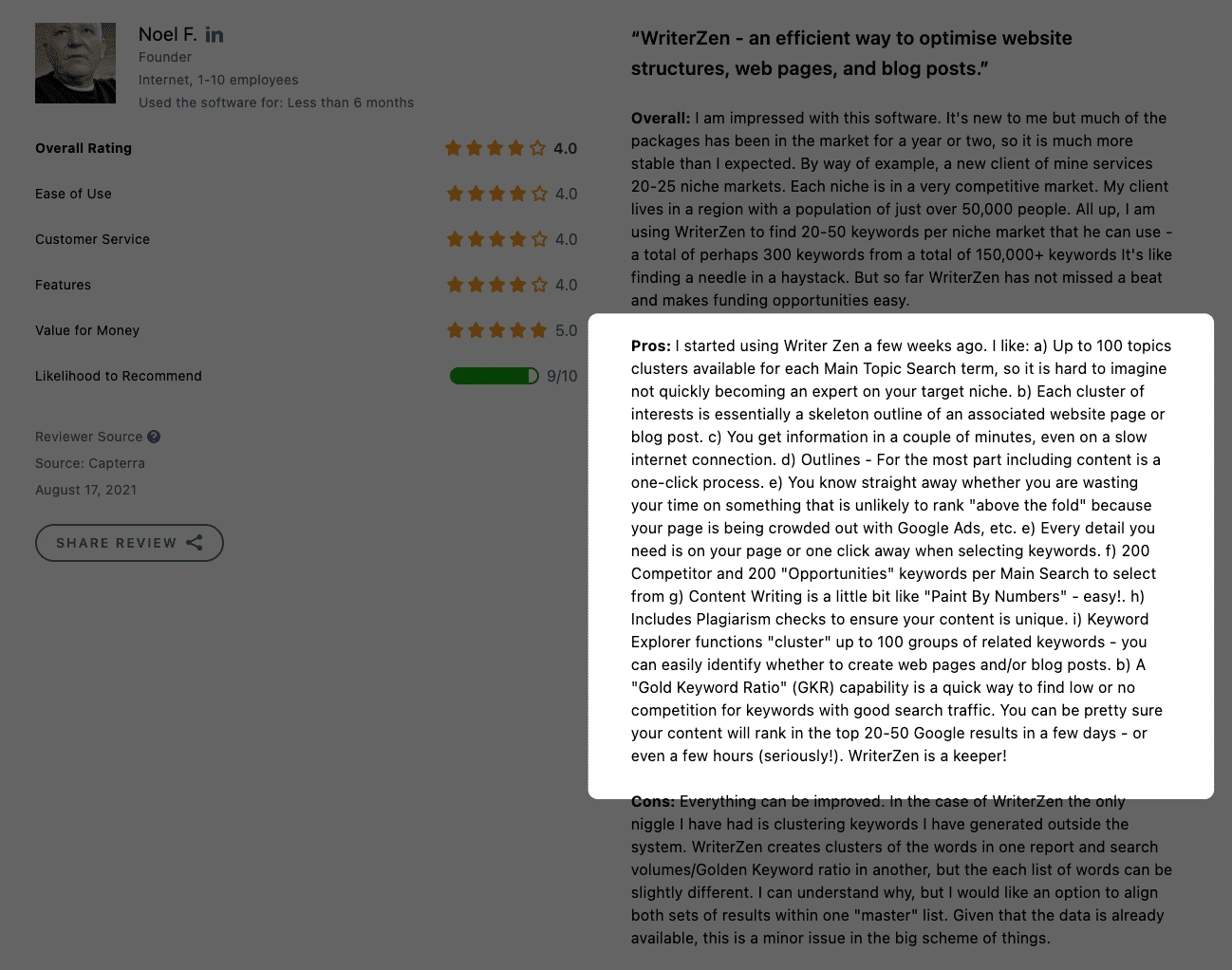Overwhelmed.
That’s how Angela felt as she checked the time and realized she barely had an hour left to send her client the content strategy doc. She face-planted into her work desk and covered her head with both arms.
“There has to be a better and easier way,” she groaned.
Despite all the SEO tools at her disposal, she still couldn’t arrive at what she felt confident in. Angela was a can-do person. She craved being perceived as an excellent content marketing strategist.
But here she was, struggling to find relevant topics to ace the half-baked content strategy after weeks of researching with various tools.
If you’re a content manager, we bet you can relate to Angela’s struggle.
However, her case (or yours) isn’t unique.
Finding and clustering relevant topics when building a SEO content strategy is hard. In short, according to a Content Marketing Institute study, over 64% of marketers need help doing this.
And help is here.
What if, instead of:
-
Hacking various SEO tools,
-
Importing and exporting data to spreadsheets, and
-
Sorting them manually like Angela was trying to do…
You could use one keyword to identify relevant topics, cluster them without lifting a finger, and build your content strategy in hours, not weeks?
It’s all possible.
And we’ll show you how to do it in one sitting with WriterZen’s Topic Discovery tool in this article. In short, with just one keyword, you can find and cluster hundreds of relevant topics to simplify your research and content strategy workflow.
But don’t take it from us.
Hear it from Noel F., a happy WriterZen user:
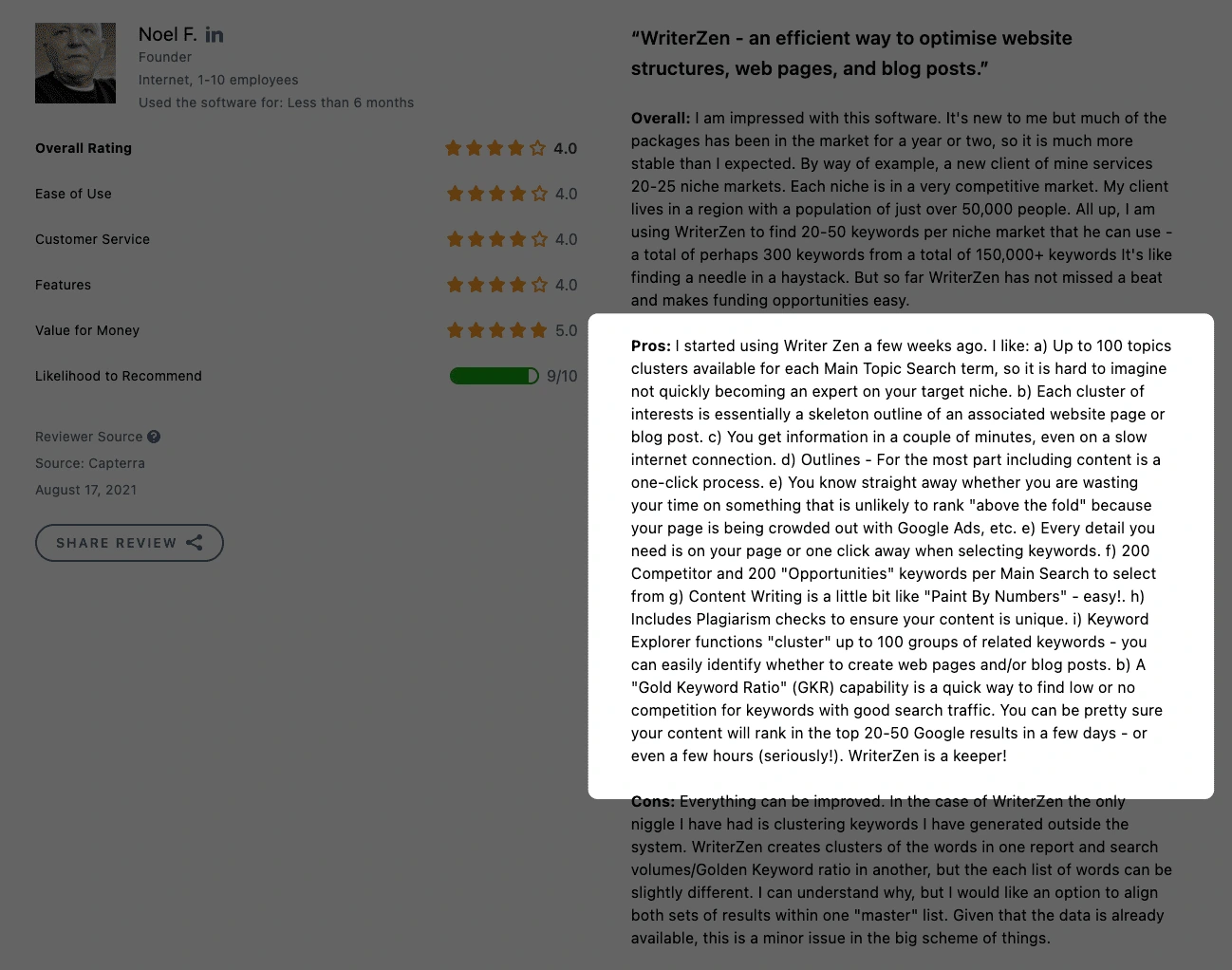
Before we dive in, it’s important you know why Angela insisted on building her client’s content strategy with topic clusters.
And that begs the question…
Are Topic Clusters the Real SEO Game-Changer?
Yes, they are.
It all began with Google’s 2013 Hummingbird algorithm update.
With that update, search engines moved from single keywords to topics. Consequently, websites with articles that covered a topic comprehensively outranked others. It was no longer enough to create one excessively long content piece with all the keywords stuffed into it.
This led Hubspot to research and introduce topic clustering.
“SEO is now shifting to a topic cluster model, where a single “pillar” page acts as the main hub of content for an overarching topic, and multiple content pages that are related to that same topic link back to the pillar page and to each other.
This linking action signals to search engines that the pillar page is an authority on the topic, and over time, the page may rank higher and higher for the topic it covers. The topic cluster model, at its very essence, is a way of organizing a site’s content pages using a cleaner and more deliberate site architecture.”
Companies who build their content strategies using SEO topic clusters get rewarded with higher rankings and more organic traffic.
Take Darryl Praill, former CMO of VanillaSoft.
He said this after using topic clusters to build his company’s content strategy:
“Since implementing these pillar pages with supporting content clusters, we’ve achieved higher ranking for target keyword concepts and increased inbound leads by offering associated downloadable items for each pillar page.”
Also, when Ninja Outreach took this approach, they saw a 40% increase in organic traffic. So, if you’re like the 61% of marketers who say improving SEO is a priority, you’re making an excellent decision adopting topic clusters.
One reason for its necessity is Google’s always-evolving algorithm.
Apart from Hummingbird, Google’s 2015 RankBrain, designed to understand user intent of a search query, made it more important to prioritize topics over keywords.
And then Google announced another update in September 2021.
They now understand how searchers explore certain topics. In other words, they can now predict how users navigate through a search journey.
So when you link from cluster pages to pillar pages and vice versa, you give your blog topical authority. Anum Hussain, Head of Content Marketing at Reforge, and Cambria Davies, Product Manager at Ro, carried out a topic cluster experiment to prove this.
Their findings?
Their interlinking resulted in better placement in SERPs and increased impressions.
But there’s a sad truth.
Despite these mouthwatering benefits of topic clusters, you may still struggle to create a comprehensive strategy.
Why?
Why Was It Hard to Create Topic Clusters (Before Now)?
Four words:
Too many tools involved.
Like Angela, you have to comb through different tools to find relevant keywords and subtopics which make up a crucial part of this strategy.
And most times, these tools are difficult to grasp.
Imagine battling with your work and at the same time trying to understand a tool that supposedly claims to solve your problem. You’ll be expending more time and energy— something you never bargained for.
That was Angela’s case.
And we bet it’s your case, too.
What’s worse is when the tool can’t handle your workflow needs at once. And because of this, you find yourself juggling other tools, all to get a comprehensive result for your content strategy.
Take Ahrefs, for instance.
This tool does a good job crunching keyword data, competitor domains, backlinks, SERP results, and other metrics. Unfortunately, it doesn’t cluster keywords or present potential topics that can serve as cluster content for your pillar page.
So, you’ll have to dig through the results and fish out relevant topics yourself before adding them to your spreadsheet for further analysis.
Another cumbersome manual process.
Here’s what marketers like you think about that:
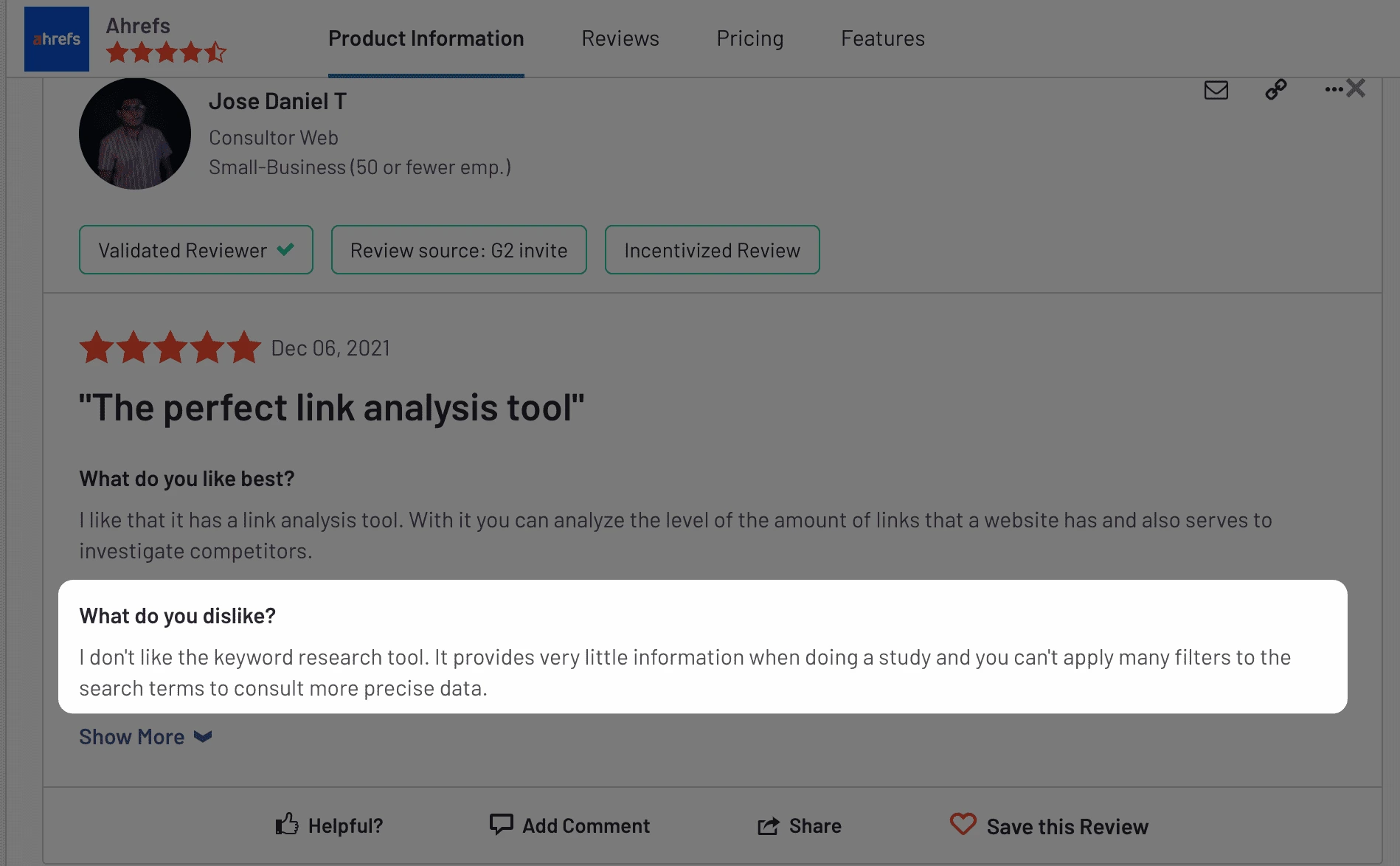
Similarly, even though SEMrush allows you to find popular topics that resonate with your audience, it doesn’t eliminate the manual processes:
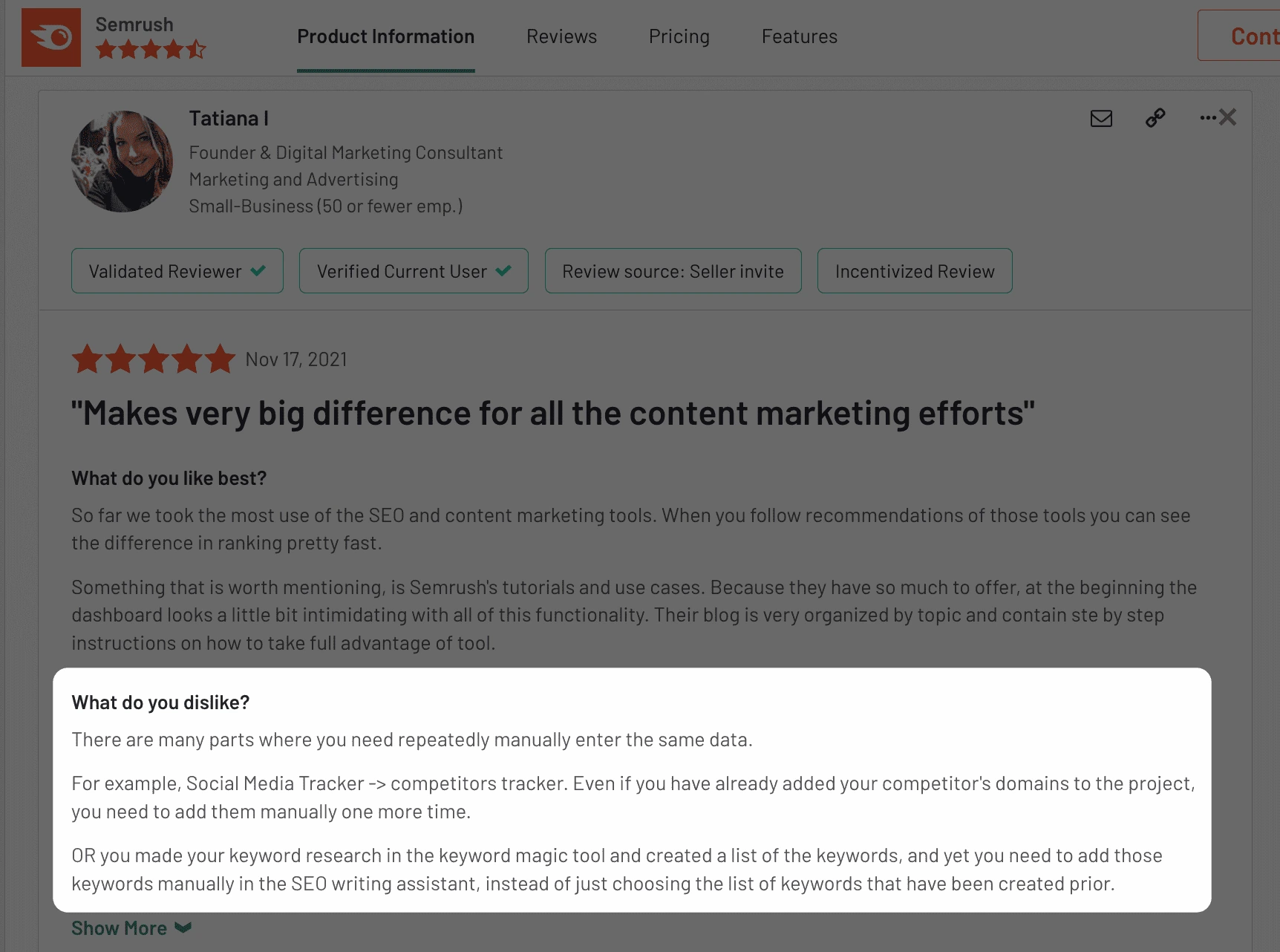
The solution is to use a tool that does the brunt of the job for you.
That is, one that:
- Feeds you with relevant topical ideas from one keyword,
- Reduces (or eliminates) the need to manually cluster those ideas with a different tool,
- Presents a straightforward path for developing your content strategy, and
- Ultimately simplifies your content creation workflow.
With this in place, creating a topical cluster strategy is easier.
Why?
Because you’ll have a well-defined content strategy workflow which, in the words of Mat Murray, Head of Marketing at XR Games:
“Helps content marketing teams ensure: Content is accurate, consistent, and timely; Content outcomes and deadlines are achievable, and Common content problems are addressed, e.g. bottlenecks and inconsistencies/errors.”
This is possible with WriterZen.
From finding interesting topics, clustering them, building out your content strategy, and producing optimized, SEO content, all in one simplified content workflow.
You’ll only need to figure out your seed keyword:
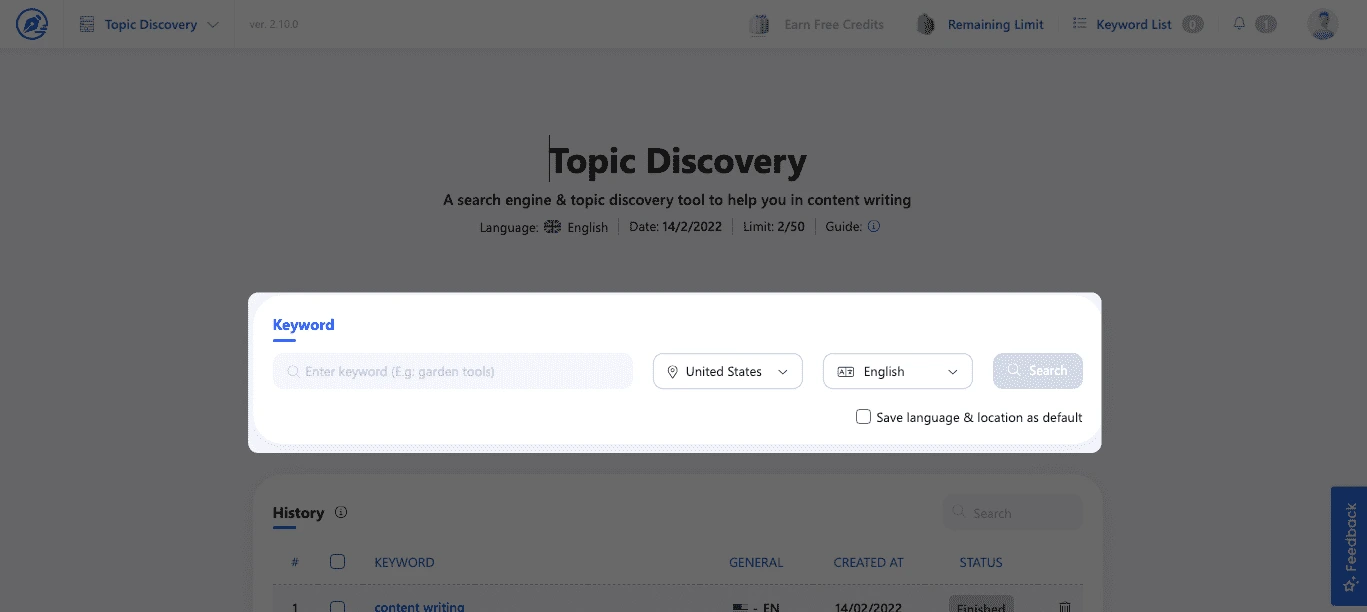
But finding and clustering topics for developing your content strategy is just a tip of what you can do with WriterZen. It also simplifies your entire keyword research and content creation workflows.
Again, don’t take it from me.
Here’s another happy user:
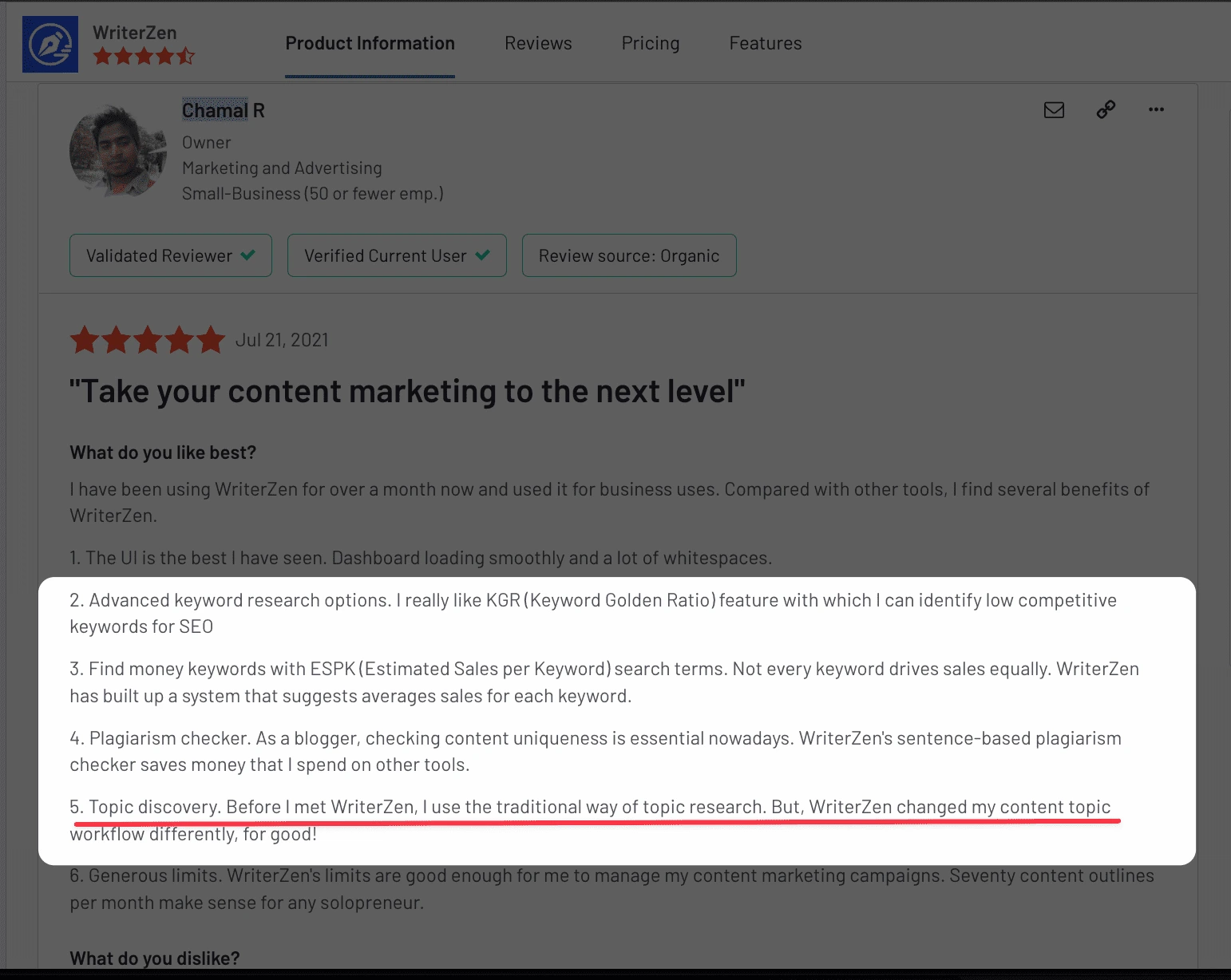

Now, let’s see how WriterZen does all of this.
How to Create Topic Clusters and Improve Your Content Strategy Workflow
You know the benefits of topic clusters to an SEO content strategy.
But how do you easily create one you feel confident in with the goal of improving your content strategy workflow?
To answer this question, let’s see how it works with WriterZen:
Brainstorm and Decide on a Seed Keyword
Just one seed keyword, and you’re ready to go.
It’s crucial you start with a keyword relevant to your client’s industry and customers. If it isn’t relevant to their niche, there’s no point in having the keyword on your list.
Picking keywords relevant to clients’ niches helps to find topics that’ll help position their business as the ultimate solution for customers. And once you do this, you’ll be able to select pillar topics and cluster topics for each of them.
So, work with your content team to brainstorm topic ideas that reflect:
- Problems your clients’ audiences face,
- The goals they aim to achieve, and
- The topical authority you want to build.
Once you’re done with this, proceed to…
Research Your Seed Keywords, Find & Cluster Topics
This is how to do keyword research in SEO with WriterZen, especially seed keywords.
Assume one of your seed keywords was “content writing.”
To research, find, and cluster topics for building your content strategy, simply plug it into WriterZen’s Topic Discovery.
In less than a minute, you’ll get this:
You can adjust the filter based on relevancy or search volumes.
Relevancy lets you switch between closely, medium, and widely related results (100 URLs) to pick topic ideas relevant to yours.
On the other hand, the search volume lets you choose high-volume topics that’ll serve as subtopics (clusters) you’ll link to your pillar page.
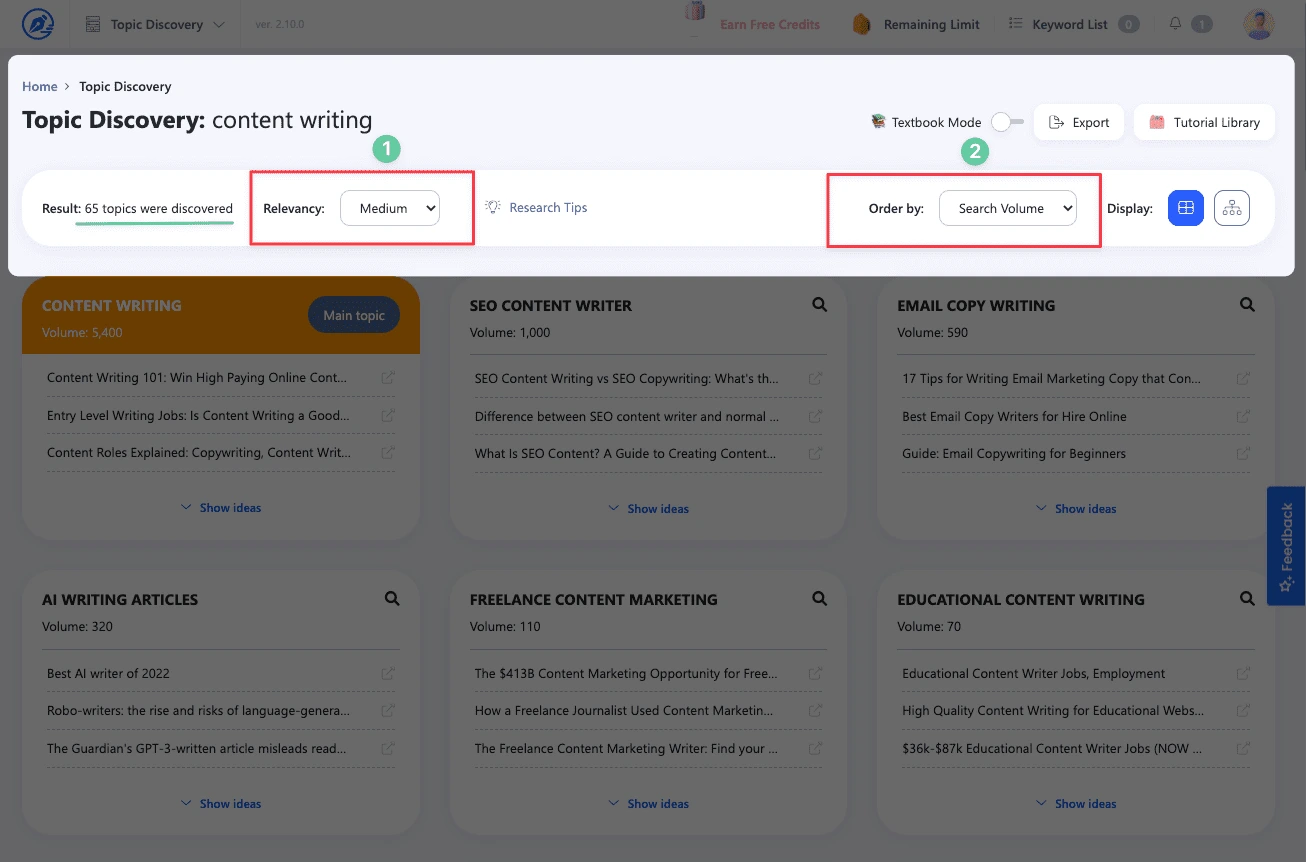 As the screenshot above shows, by sorting this seed keyword with a Relevancy set at “Medium,” you have 65 topics already clustered for you.
As the screenshot above shows, by sorting this seed keyword with a Relevancy set at “Medium,” you have 65 topics already clustered for you.
The next step to finalizing your content strategy is simple.
Pick the topics (and their clusters of keywords) that suit your needs the most.
Then, under each result, click on “Show ideas” to find keywords ideas.
There, you’ll find keywords used in the headlines of competitor pages. You’ll also find relevant keywords from Google Suggest Insights, and Related Google Searches.
All of these you can add to a keywords list for that specific topic cluster with a few clicks on WriterZen.
Take a look:
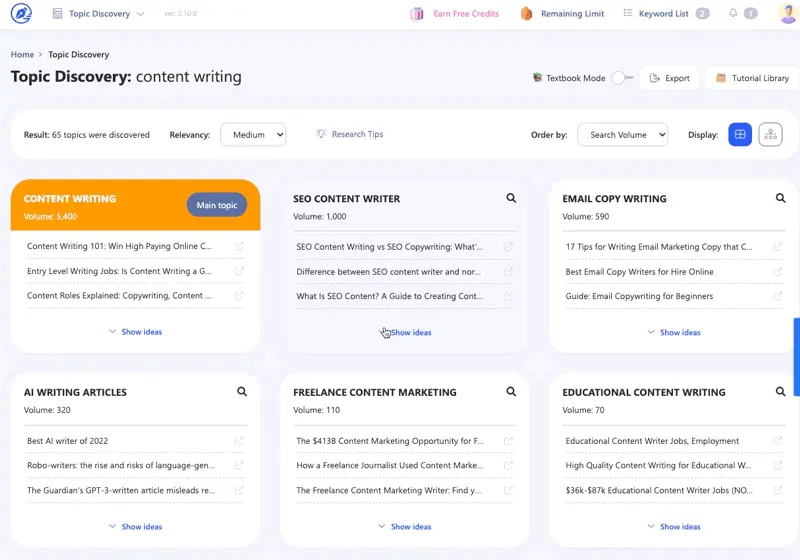
At this point, you ’ve built a solid content strategy with relevant topics clustered with accompanying keywords, all in one sitting. And all with just one seed keyword.
Want to take things a step further?
Proceed to the Keyword Explorer tool:
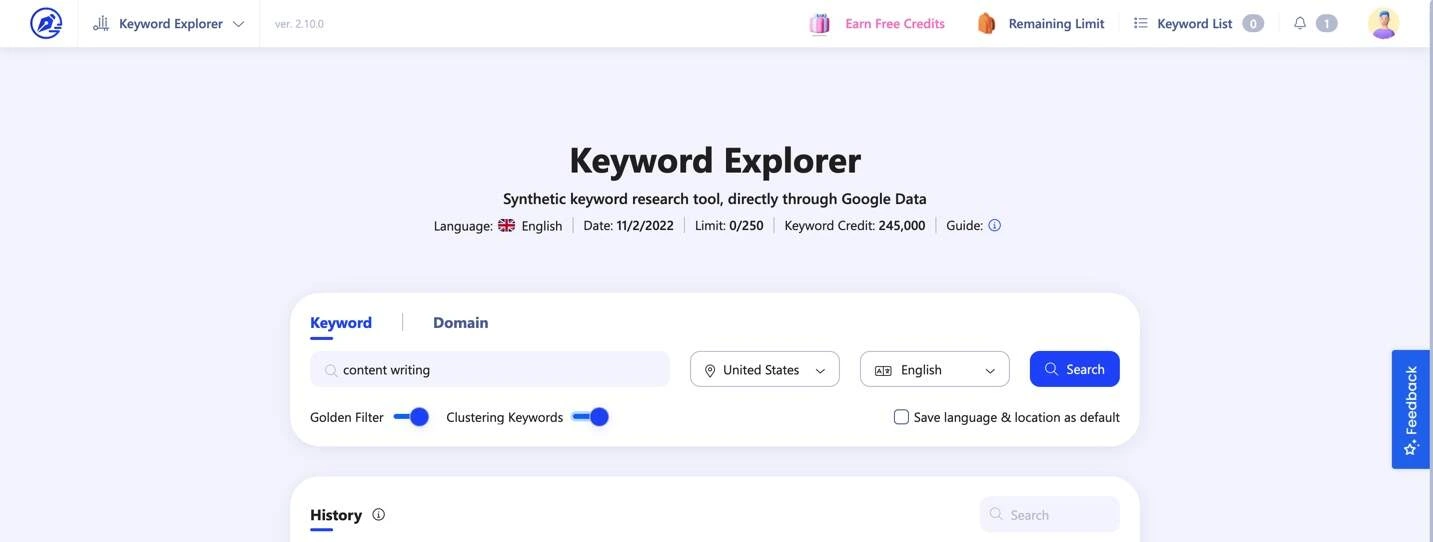 Again, put in one of your keywords to find related keywords with a low allintitle value. Filter these keywords with the Golden Filter function, and you’ll find those with high search volume and low competition, so when you produce content, they rank faster.
Again, put in one of your keywords to find related keywords with a low allintitle value. Filter these keywords with the Golden Filter function, and you’ll find those with high search volume and low competition, so when you produce content, they rank faster.
Here’s a glimpse of how it works:
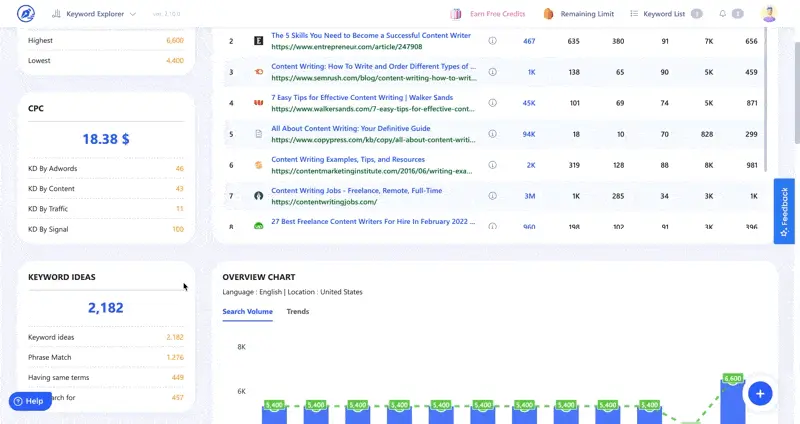
Once you’ve found the important keywords that’ll make up your topic cluster content strategy, use the keyword importer to store them.
The keyword importer also allows you to cluster related keywords researched from other tools (e.g. Ahrefs, SEMrush, etc) and group them into small sets.
Though this may take some time as the algorithm manually computes through the URLs to extract compatible keywords. However, compared to other keyword tools on the market, WriterZen computes the suggestions faster.
Another happy WriterZen shared this:
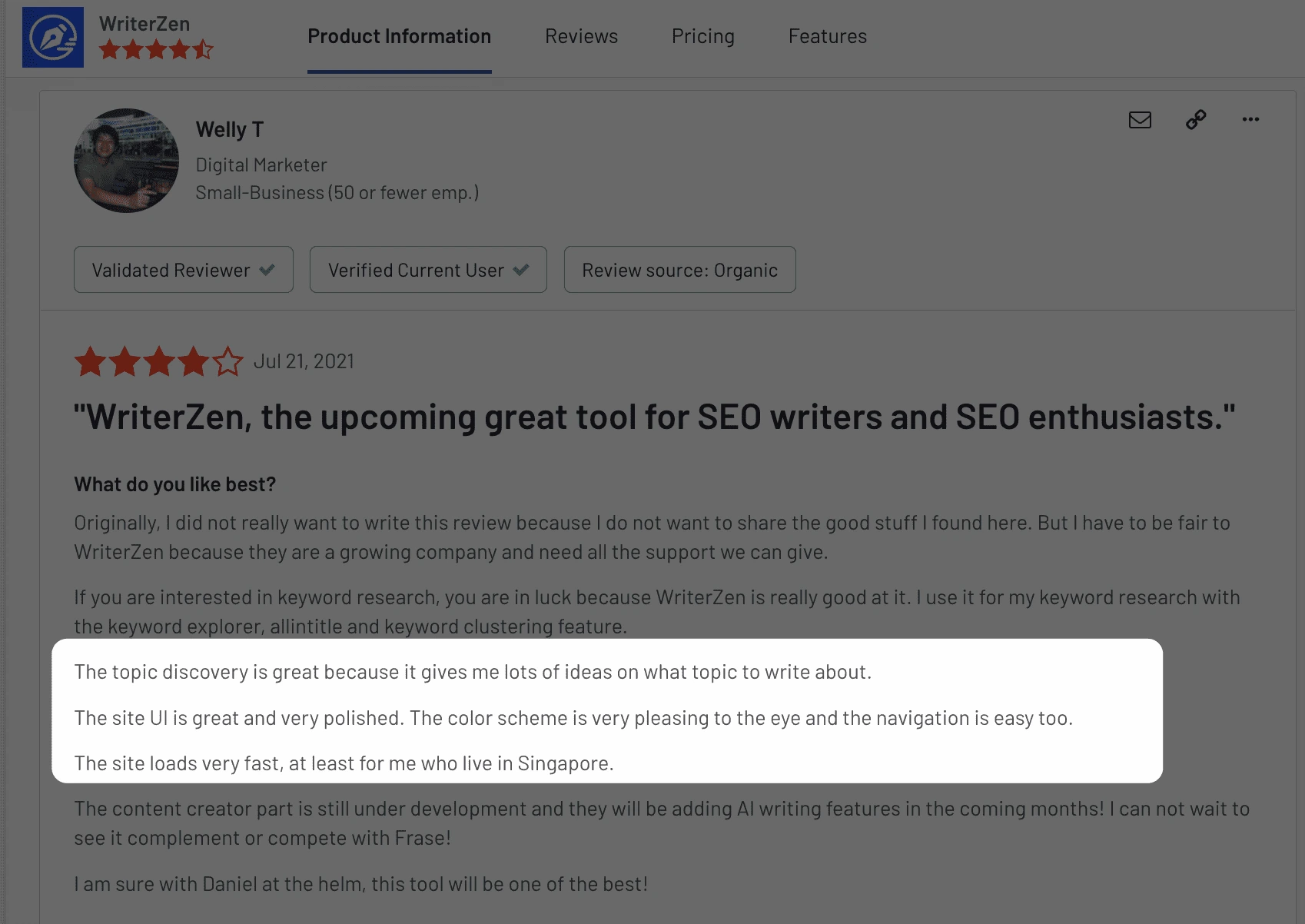
WriterZen Review on G2 Crowd
Afterward, create a map linking your pillar page to your content clusters.
This is crucial so you, your clients, and your team members get a clearer view of how each keyword relates to the pillar content idea. The B2B product storytelling studio, VEC, created a framework to illustrate this.
They call it the Content Topic Clusters’ Strategy framework:
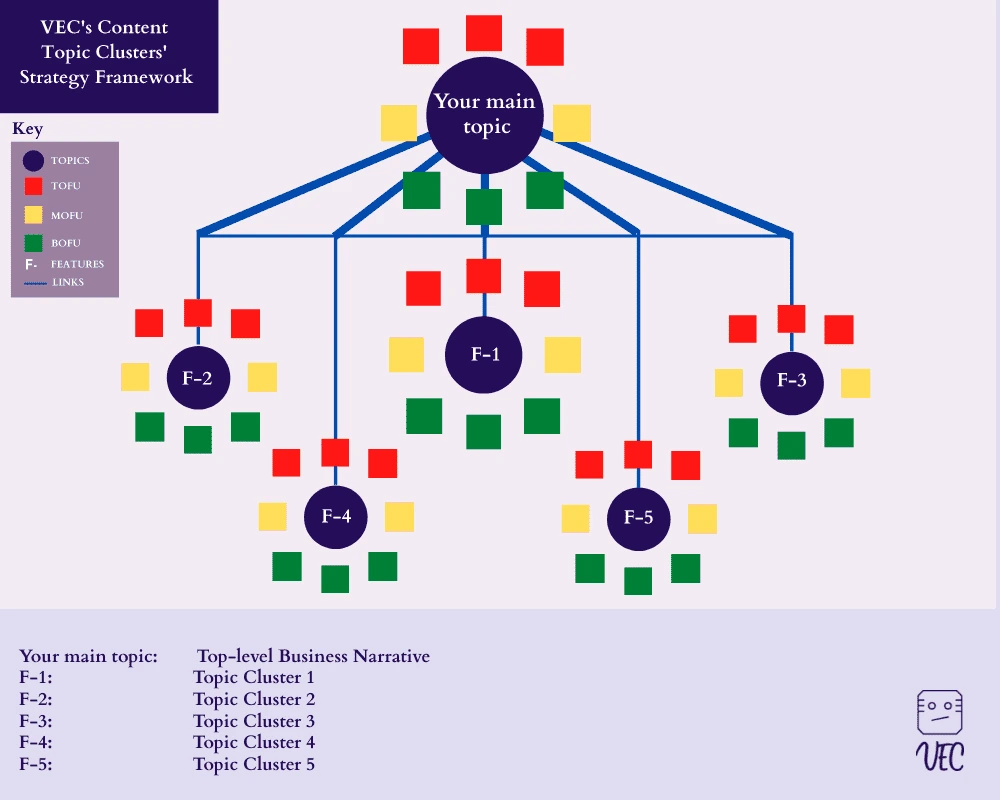
Something to keep in mind based on the illustration above.
Remember to sort and group your keywords based on the typical customer journey. That is, TOFU (top-of-the-funnel), MOFU (middle-of-the-funnel), and BOFU (bottom-of-the-funnel) keywords.
Sorting and grouping your keywords this way ensures that when it’s time to start creating content, your pieces also align with the typical customer journey. By extension, it helps you craft pieces that are more relevant and have a higher probability of converting qualified traffic.
But to get there, you must…
Execute Your Content Strategy
All the keywords you’ve hunted won’t improve your strategy workflow if you don’t develop them into high-quality pieces.
So, get your content team to work.
As Ardath Albee, CEO & B2B Marketing Strategist at Marketing Interactions, opines:
“Pushing out content you want to publish is very different to executing a successful content marketing program – one that connects with customers by delivering meaningful experiences that are contextually relevant.”
Sadly, achieving this isn’t always easy, either.
Sometimes, it's writer's block.
Other times, it's the struggle to express your thoughts in the simplest way possible for your target audience.
Your best bet is to hire an assistant to augment your creative juices when you’re stuck with a blank screen.
And that’s where WriterZen’s AI Content Creator comes in.
Rather than simply generating content that's out of context, it helps you expand on ideas you've gathered while researching.
And in the end, you get relevant content that connects with customers.
Here’s how it helped when this piece you’re reading was still cooking:
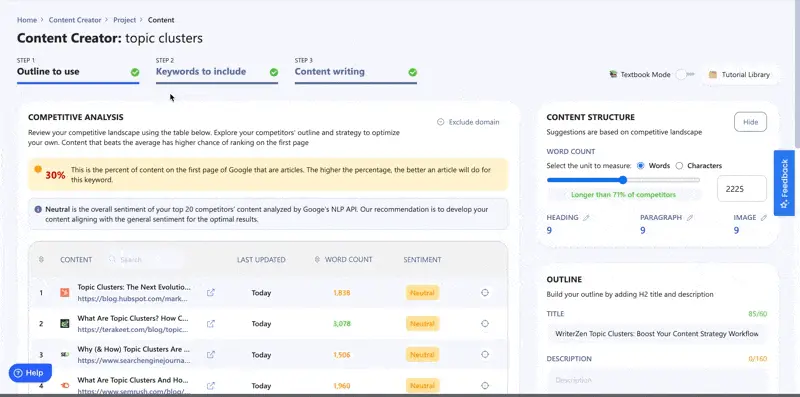
Achieve a Comprehensive Content Strategy with Topic Clustering
In the words of Ondrej Fridrich, Marketing Engineer at IDEA StatiCa:
“A content strategy helps you define your marketing goals and set priorities. It allows you to plan your work and ensure that all marketing effort is goal-driven. With a documented content strategy, you can ensure that every bit of effort put in by your team translates into tangible results.”
What better way to do this than with topic clusters?
Apart from ensuring each content piece on your clients’ websites is coherent, topic clusters show you all you need to position the web pages under your watch as an authority.
Furthermore, the more relevant content you have around search queries, the higher your chances of improving your SEO.
And with just one seed keyword and a tool like WriterZen at your fingertips, rest assured everything you need from creating a topic cluster SEO strategy to executing and topping the SERPs isn’t far from your reach:
